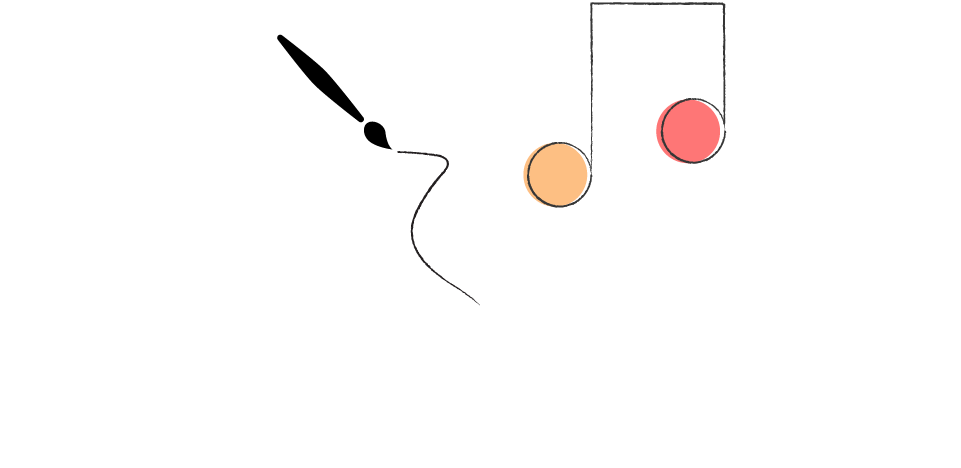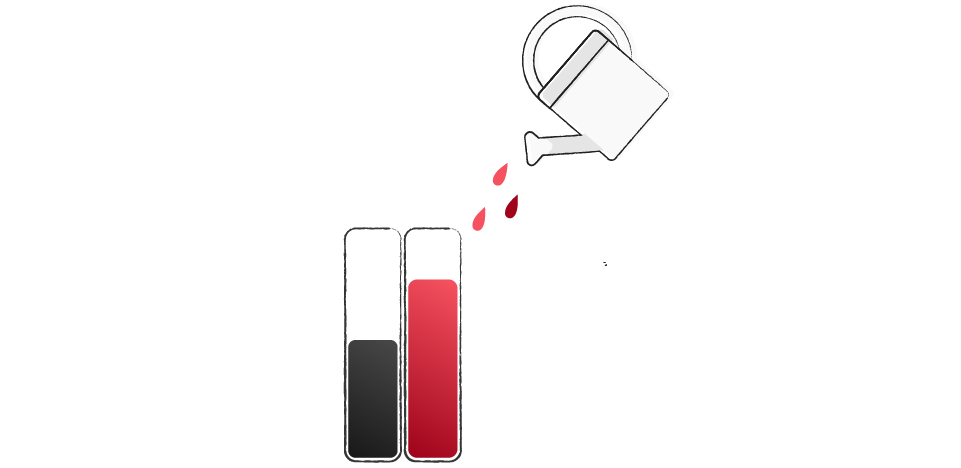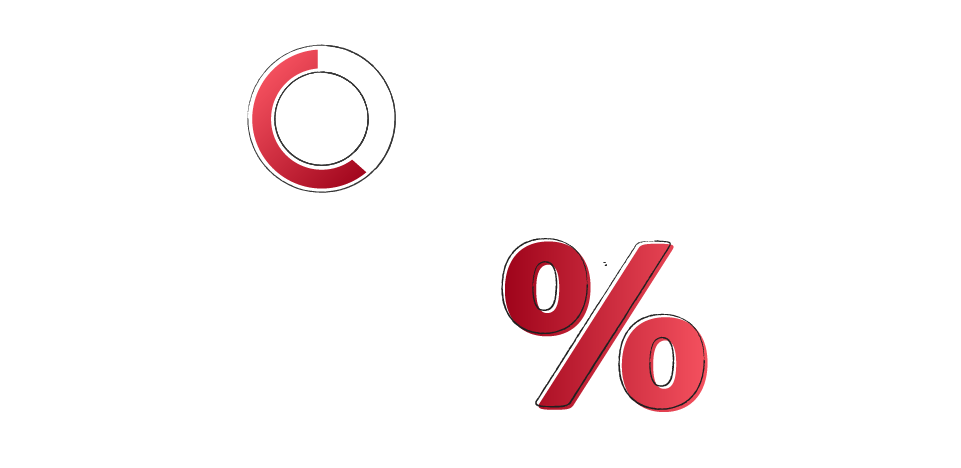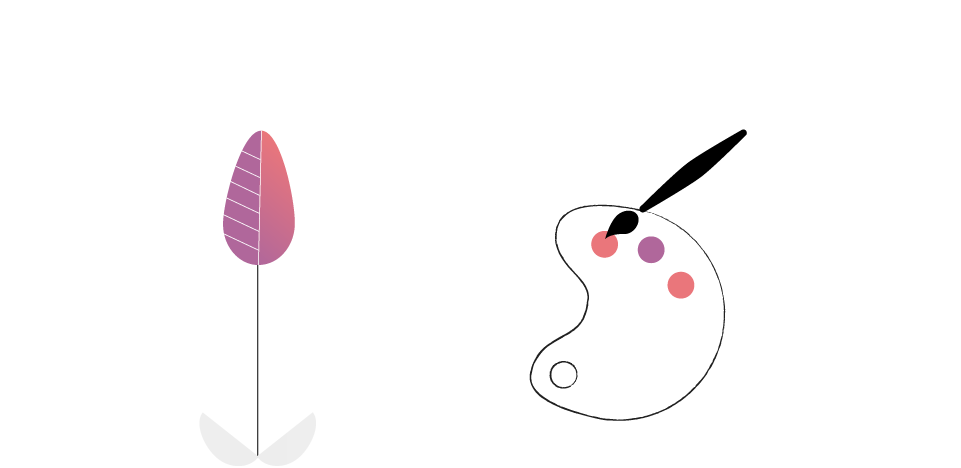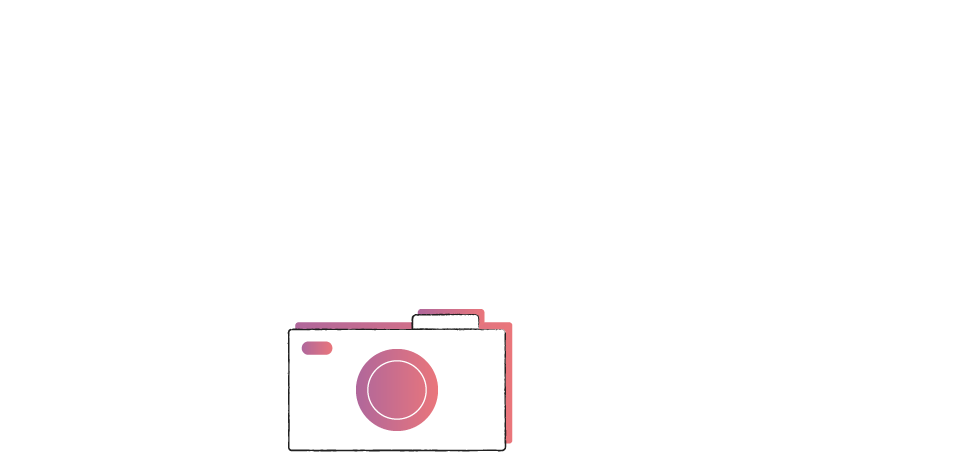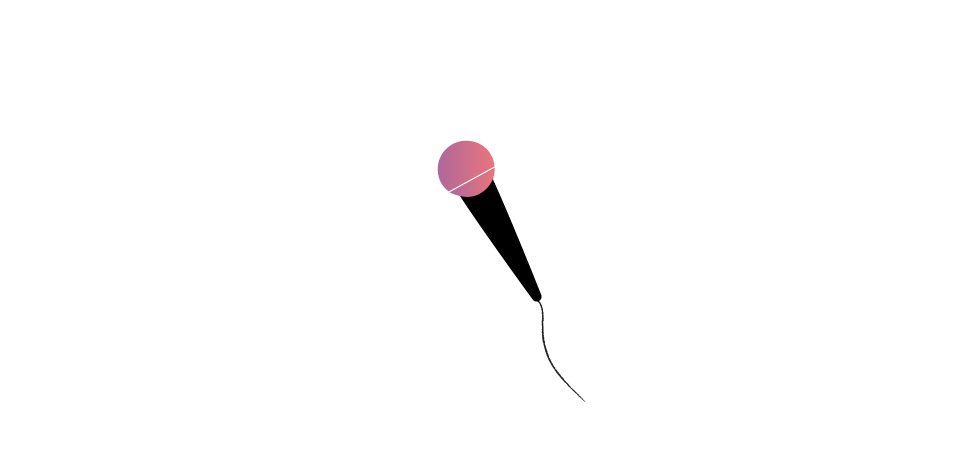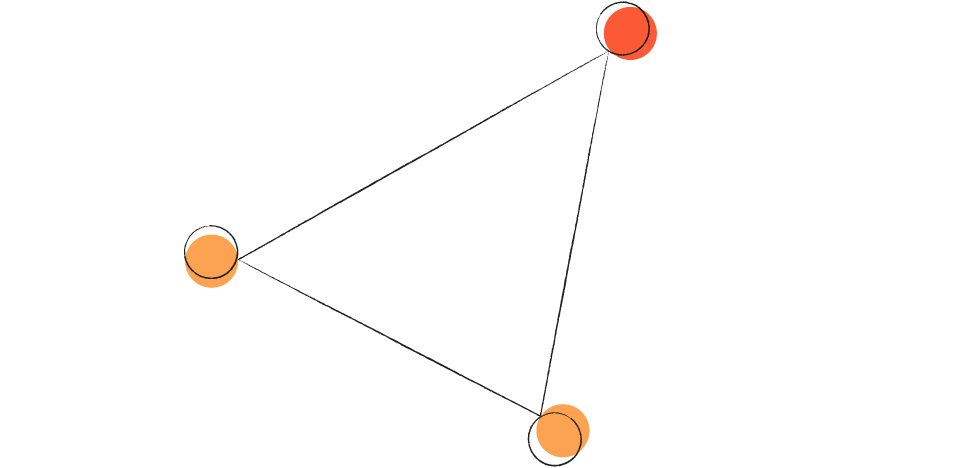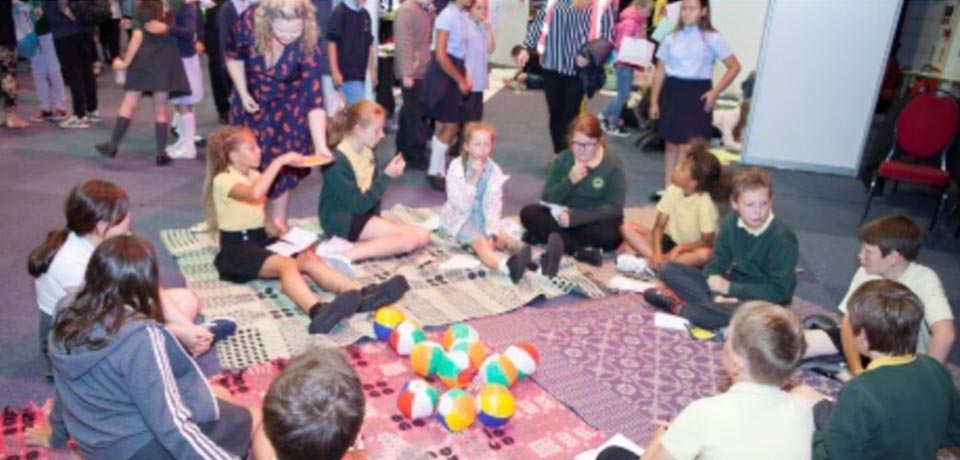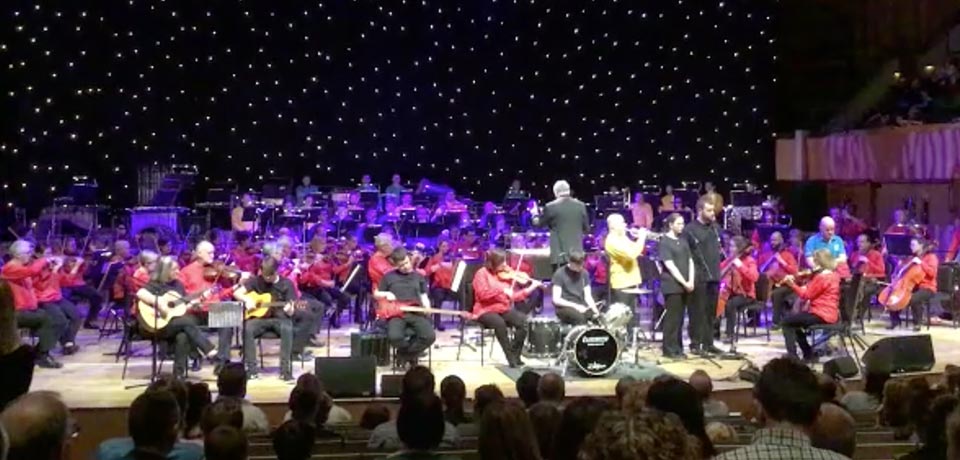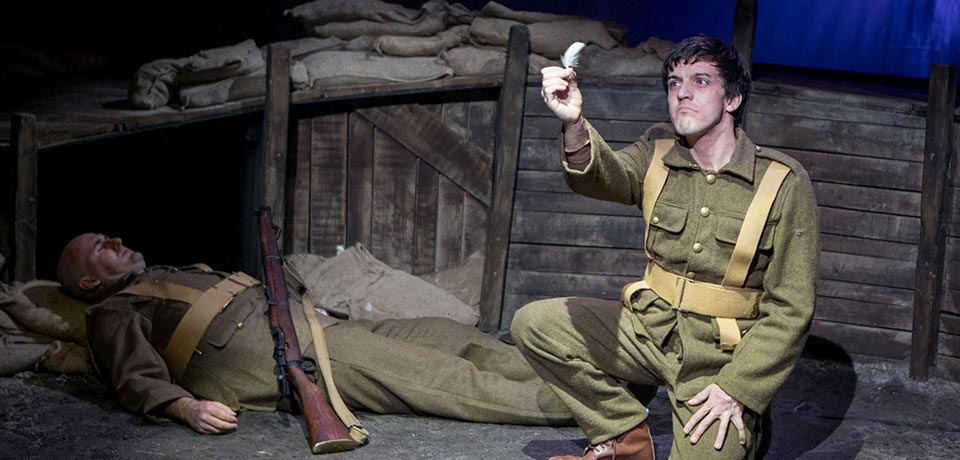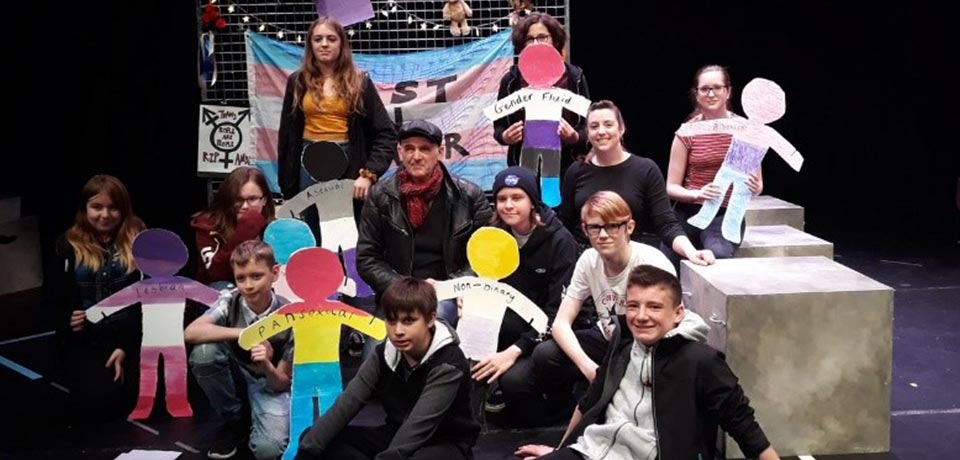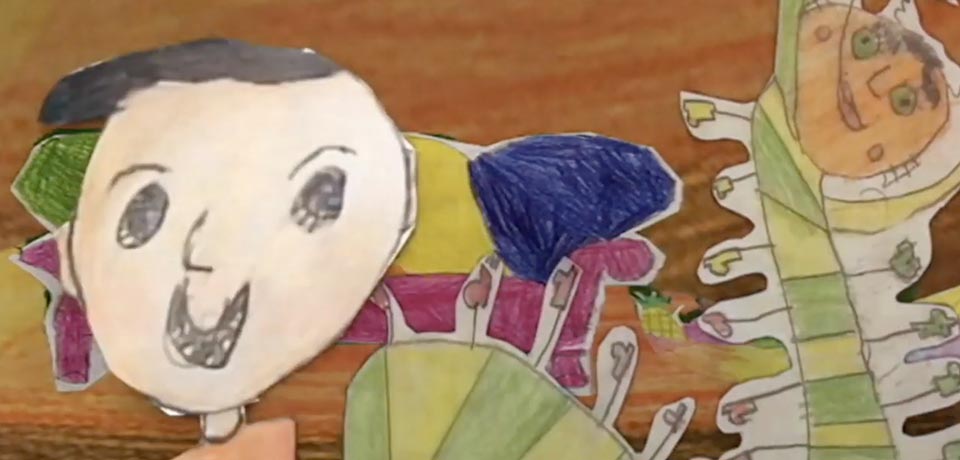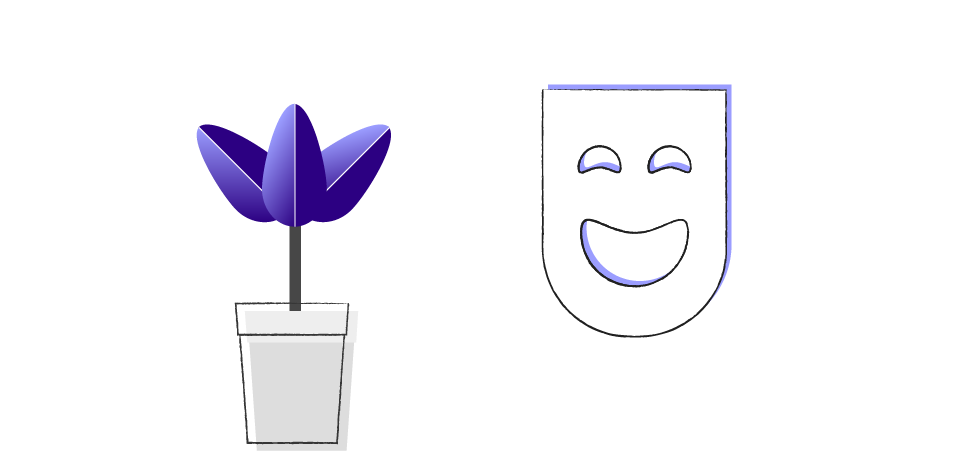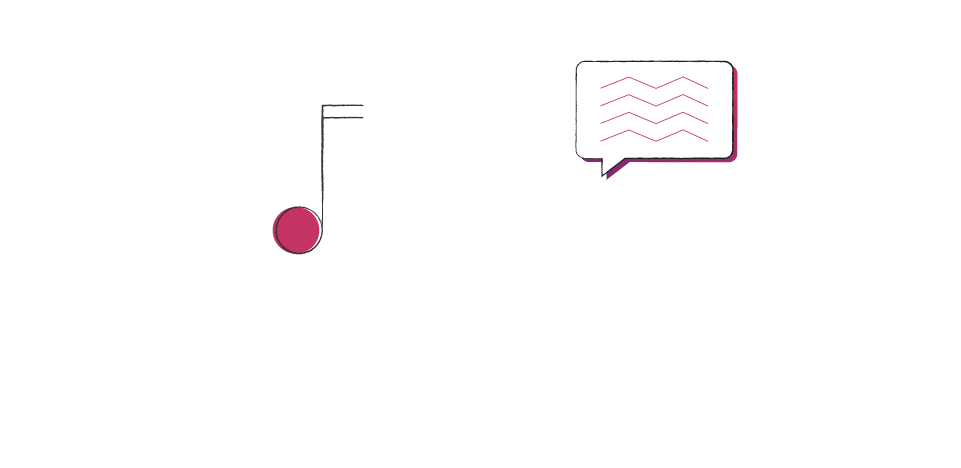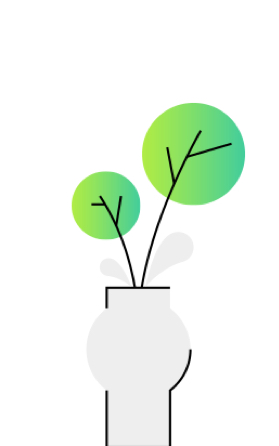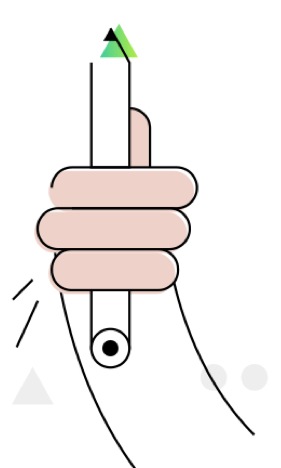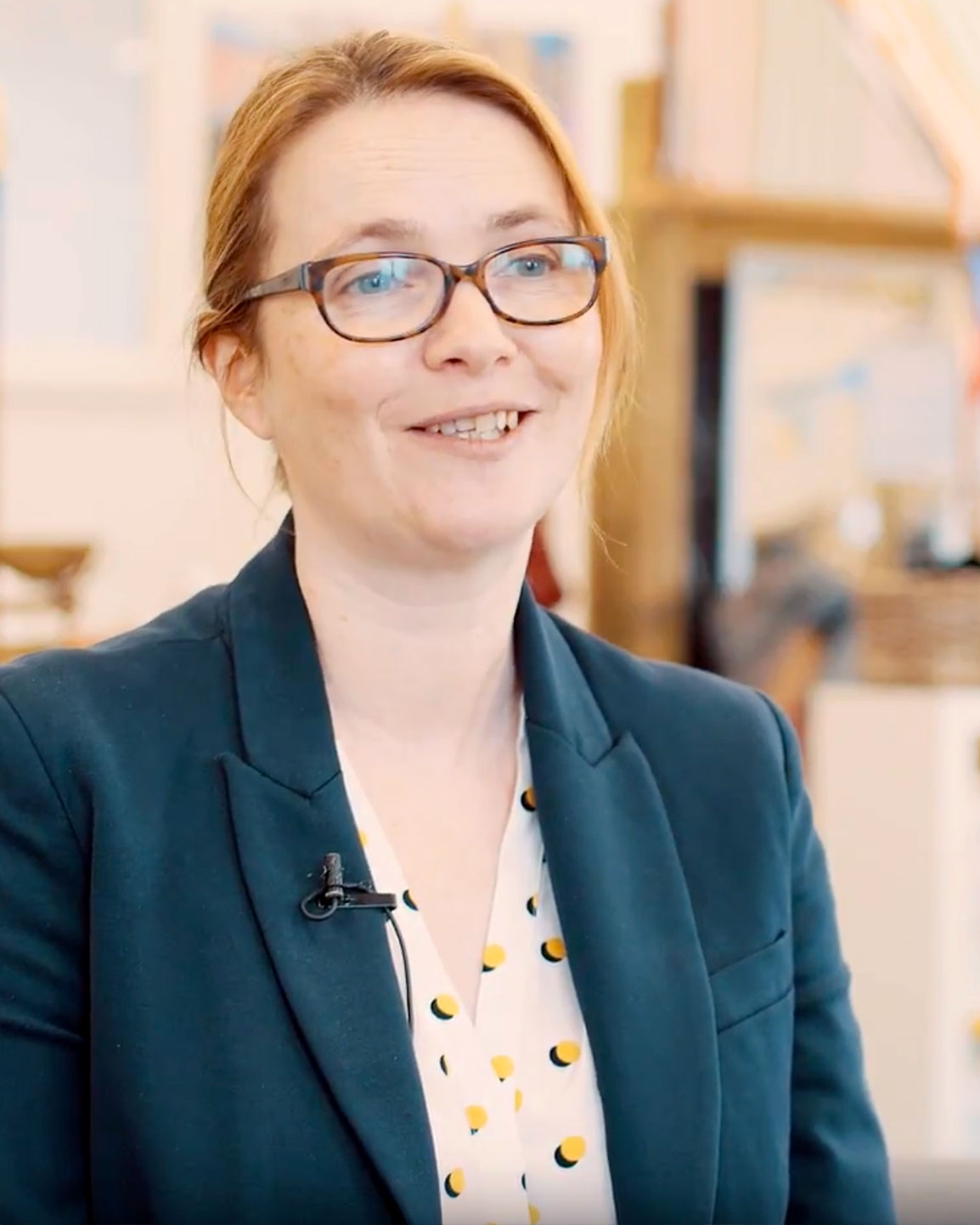
“The new curriculum will have creativity at its heart, and will set out a fundamental aim to develop well-rounded citizens who can participate fully in all aspects of life and work.”
"I am pleased to introduce this report on the 2018-19 phase of Creative learning through the arts – an action plan for Wales. As we move through the final phase of the five-year programme, it is opportune to reflect on the incredible impact that it has made."
As at August 2019, the programme has supported 1,188 state-maintained schools, equating to 79 per cent of schools in Wales. It has provided over 119,000 opportunities for learners to participate in creative activity, and in excess of 4,000 opportunities for teachers, to benefit from professional learning via the Lead Creative Schools Scheme and Regional Arts and Education Networks activity.
The Lead Creative Schools Scheme has worked with 559 schools – over a third of the schools in Wales – while the Networks have supported teachers and creative professionals to build positive partnerships to support the arts in education.
It has been of tremendous benefit that Creative learning through the arts has run in parallel with the Welsh Government’s intensive education reform agenda, and I cannot emphasise highly enough the vital contribution made by this provision, and more generally by the Arts Council of Wales, to informing the development of our new curriculum, which will be made available in January 2020 for introduction from 2022 onwards.
“Creativity supports this through helping young people, from whatever background, to develop their talents and skills.”
The new curriculum will have creativity at its heart, and will set out a fundamental aim to develop well-rounded citizens who can participate fully in all aspects of life and work. Creativity supports this through helping young people, from whatever background, to develop their talents and skills.
The improvements brought about through Creative learning through the arts are already evident in participating schools; some achievements can be measured through school attendance and test scores but teachers are also telling us about how they observe learners growing in confidence, taking the lead in group situations, and improving their decision-making and problem-solving skills.
Creative learning through the arts has therefore formed a key element to our approach to supporting and embedding creativity in the curriculum, helping learners in their development, and also teachers who can progress as ‘creative teachers’ in their teaching across the curriculum. This provides a wealth of positive practice to support our future education agenda.
— Kirsty Williams AM, Minister for Education












